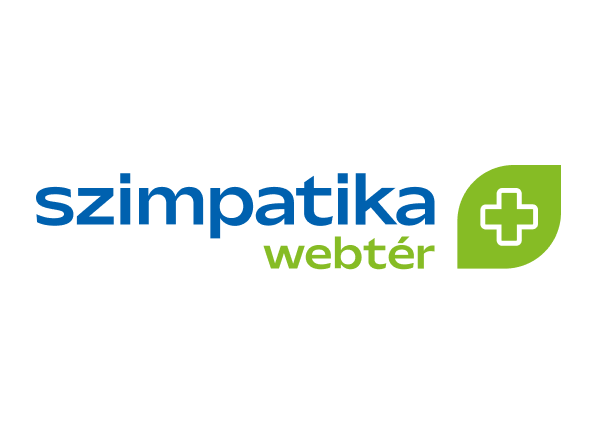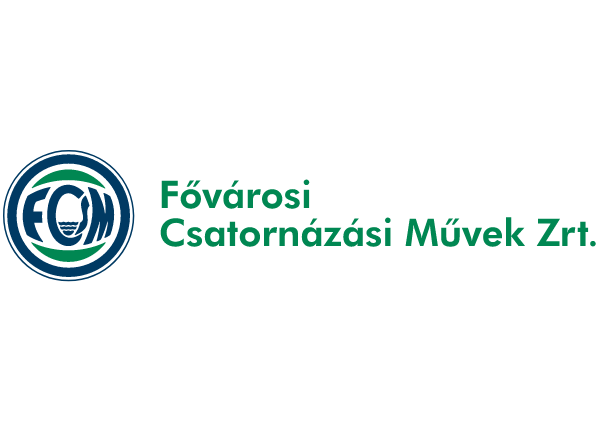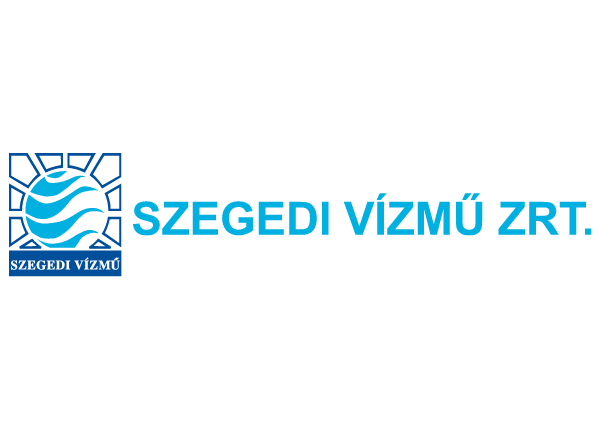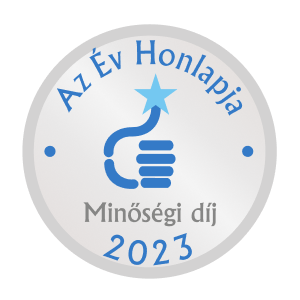IT consulting

The role of an IT consultant, business analyst
The IT consultant (business analyst) is present throughout the development project, acting as a "bridge" between the developers and the client.
Their role is to understand and analyse the client's business needs, help find the most optimal and efficient IT solution to their problems, and at the same time translate the business needs to the development team.
IT consultants have the industry expertise, know-how and best-practice experience to consolidate business needs, and requirements and design the required functionality to deliver the most value to the customer. At the same time, they take into account the conditions necessary for its implementation and make prioritisation decisions.
The involvement of consultants in the project helps to ensure that the client and the developer speak the same language. They formulate requirements that cannot be misunderstood, they mean the same thing to both parties.
In which cases is it useful to seek IT consultancy?
- You already have an idea of what digital product or application you need, but you don't know exactly what solution you need to make it happen.
- You feel you need someone experienced in software development to help you break down your idea into needs and functions.
- Your business needs require clarification and fine-tuning.
- You are planning to develop a webshop or mobile app and need to specify your business and IT needs.
- You are curious about the technical knowledge and expertise required for the project.
- You are interested in the budget to implement your digital service.
- You need an architectural design of the system.

Why choose LogiNet IT consultants?
- Consulting is not just about advising and assessing needs, it's about sharing expertise to enable the client to make the best decisions for them.
- Sufficient time is taken to understand the client's business, objectives, and develop a detailed plan to support them to the maximum.
- We use business language that the client understands and that the IT developer does not misunderstand.
- We have extensive industry experience in e-commerce and digital product development, with projects and experience in almost every industry.
- We work closely with the UX-UI design team throughout the Service Design process.
Sector-specific expertise
- E-commerce: e-commerce systems functionality, SEO best practices, customised features
- Fintech: PSD2, KYC (Know Your Customer, identification), Scoring Engine Management, information security, Recurring Payment
- Healthtech: information security, data visualisation
- Agrartech: IoT integrations, performance prediction, resource management

What kind of consultancy do we provide?
- Integration consultancy: assessing IT systems, ensuring smooth data flow
- E-commerce consultancy: advising on the implementation of e-commerce software
- System design: consultancy on IT system deployment and operation
- Business needs assessment consultancy: scope definition, development scope description, pre-specification for tendering, detailed specification
- Digital product design: Service Design and functional design
What are the steps of IT consultancy?
Objective: clarification of product features and scope with the help of an IT consultant during 4-7 meetings. During the consultations, we assess the client-side needs, develop concepts and prepare an estimate that determines the cost of development. We take an MVP approach, which means that we define the "in scope" and "out of scope" functions, i.e. which are considered "core" functions that must be included in the development ("in scope") and which are not ("out of scope"). This is important because there is no estimate for the development of the latter at this stage.
The pre-specification can also be used by the client for tendering purposes.
Duration: 4-6 weeks
Process:
- Pre-established schedule: we define exactly which steps to go through, which gives the client a clear overview of what will happen next.
- Needs assessment: during the meetings, we collect the needs of the client. This has a precise structure: we collect the needs along a set of questions, which outline the client's expectations.
- Meeting minutes: we go topic by topic, taking notes of each client meeting, and describing the tasks and decisions for the client.
- Preparation of a pre-specification: once the schedule has been worked through, the pre-defined topics are discussed, and a 25-30 page pre-specification is prepared, summarising what was said in each client meeting. This will define the main framework for development and, where appropriate, the functions.
- In the case of an e-commerce survey, we provide a so-called GAP document, which focuses on how the customer's needs differ from our Logishop e-commerce platform.
- In the case of custom development, the pre-specification will describe the development framework in more detail.
- Adoption of the pre-specification: The pre-spec is finalised between the client - consultant through several iterations. The finalisation is important because it constitutes the scope of the proposal, the scope of the proposal will be for this specific task, i.e. the implementation.
Purpose: The functions identified in the preliminary specification are broken down in detail in this phase. Synergies and differences between the functions are identified, the technical design of the functions (entities, API connections) is done, and functional requirements are translated into software development-ready function descriptions.
Duration: 6-8 weeks
Process:
- Pre-established schedule: once the client has accepted the proposal, a new schedule is prepared.
- Focus on "in scope" functionalities: we look at the functionalities that the requirements imply, and define the tasks (this is the same for custom development and e-commerce product implementation). In this context, we define them:
- Roles: who uses the application
- Business processes: what processes are covered
- "Non-functional requirement": what are the criteria that the software needs to know, but does not necessarily cover functionality
- "Functional requirement": what functions serve, for example, certain business sub-processes (e.g. two-factor authentication)
- Tools needed: use case diagrams (to understand the user), writing flow charts, Business Process Model Notation (BPMN), Entity Relation diagram (what data is collected for customers, products), architecture diagram
- Use of plug-ins: integration of external software (e.g. newsletter, payment tools)
- Specification: all the tasks of the whole system are defined in the detailed specification, which defines the scope of the development period. We work closely with UX designers throughout the process.
- If there is a change request (CR) during development, for example in the scope, the consultancy team is re-engaged in the change, the scope specification.
Learn more about us, how we work, how we help our clients' digital growth!
(The video is available in Hungarian language.)
REQUEST A QUOTE
Improve your business efficiency and increase your revenue with customized software solutions tailored to your business needs! With LogiNet's expertise, you can plan for the long term: let us know about your ideas, a problem you’re trying to solve or your overall business goals, and we will get back to you shortly!
request a quoteLoginet Systems kft.
-
Office address : Budapest 1117
2. Galvani street, III. floor -
HQ address : Budapest 1221
5. D Vihar St., bdg. 4. floor 15. -
-
services
- Software development
- Web development
- Mobile application development
- Digital product development, MVP development
- AI Business Process Optimization Solutions
- IT consulting
- E-commerce development
- IT support & maintenance
- IT outsourcing
- UX Design, Service Design
- UX tracking
- International e-commerce platform development









